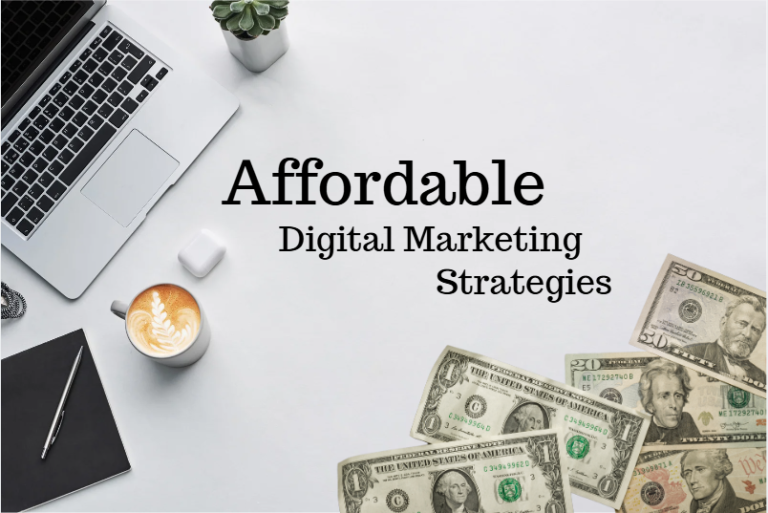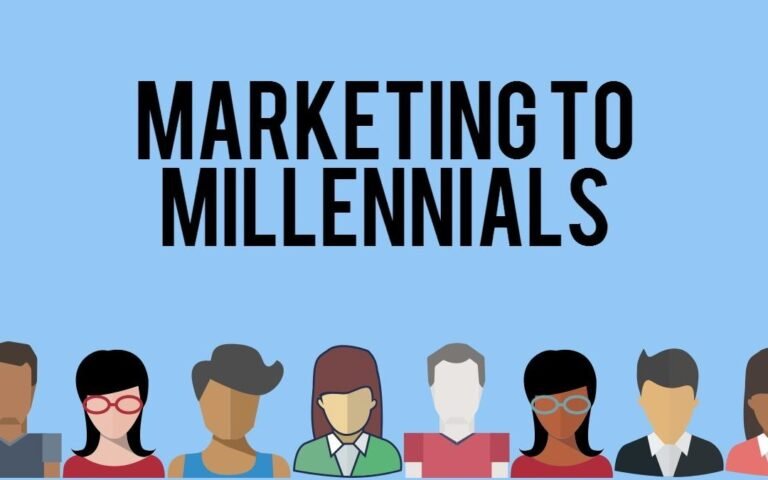Sustainability as a Core Marketing Message in 2025
In 2025, Sustainability as a Core Marketing Message is no longer a mere trend; it has become essential to business strategy. As consumers become more environmentally conscious, they seek brands whose values reflect their own. This growing demand for sustainable options has made eco-friendly initiatives a competitive differentiator in marketing. Brands that align their messages with authentic sustainability efforts will stand out as leaders, especially among younger generations who prioritize ethical consumption.

As sustainability moves to the core of brand messaging, it’s vital to understand not only how to communicate these values but also how to embody them in everyday practices.
Understanding the Role of Sustainability in Modern Marketing
Why Sustainability Is a Growing Priority for Consumers
Environmental awareness has reached unprecedented levels, largely due to increased information on climate change, resource scarcity, and pollution. Modern consumers, especially millennials and Gen Z, recognize that their purchasing decisions can impact the planet. This shift drives them to support companies that actively work to reduce their ecological footprint.
According to a Nielsen study, 73% of global consumers say they would change their consumption habits to reduce environmental impact. Brands that prioritize sustainability appeal to this ethically aware demographic and foster long-term loyalty.
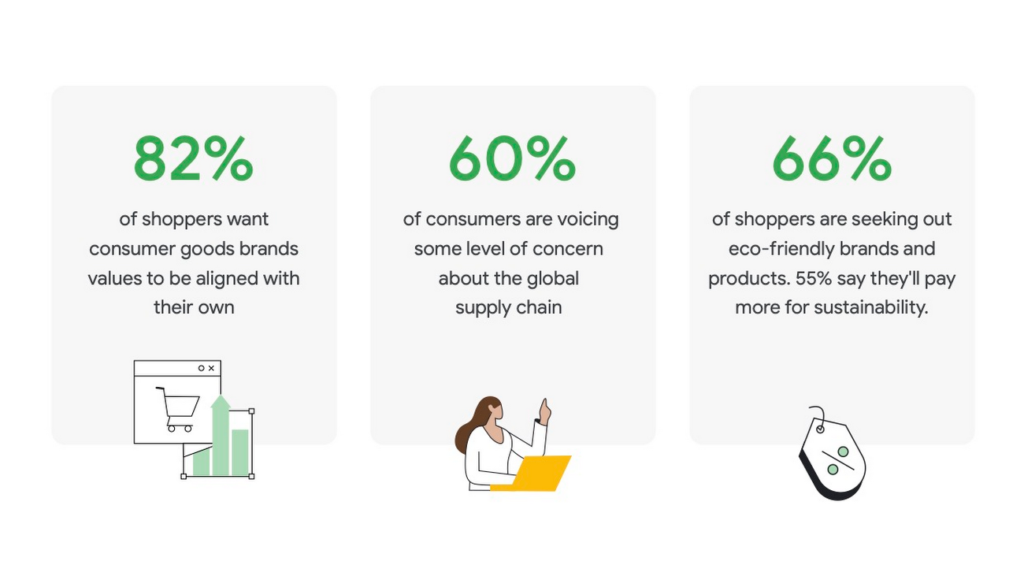
How Sustainability Impacts Brand Perception and Loyalty
Sustainability has evolved into a powerful tool for building trust and loyalty. Consumers, particularly in developed markets, increasingly choose brands that demonstrate a commitment to environmental and social responsibility. This isn’t just about purchasing a product but supporting a cause that aligns with personal values.
A survey conducted by IBM found that 57% of consumers are willing to change their purchasing habits to reduce negative environmental impact. By aligning with these values, brands can deepen customer relationships and foster lasting loyalty.
Key Factors Driving the Shift to Sustainable Marketing
Increased Environmental Awareness Among Consumers
The climate crisis has made headlines worldwide, influencing daily conversations and buying choices. Public figures, climate activists, and documentaries have raised awareness, compelling people to consider their consumption habits.
This heightened awareness pushes brands to reflect on how their operations impact the environment and how their products contribute to sustainability.
Regulatory Pressures and Corporate Responsibility
Governments globally are implementing stringent environmental regulations, and brands need to adapt quickly. Regulations on plastic use, energy efficiency, and sustainable sourcing are growing, making compliance a priority. In regions like the European Union, failure to comply with sustainability standards can lead to fines, restrictions, or a loss of market access.
Case Study Example: In 2023, Coca-Cola launched a “World Without Waste” initiative, aiming to collect and recycle a bottle or can for every product it sells by 2030. This is partly driven by regulatory pressures and changing consumer expectations regarding waste reduction and recycling.
Benefits of Embedding Sustainability in Marketing Messages
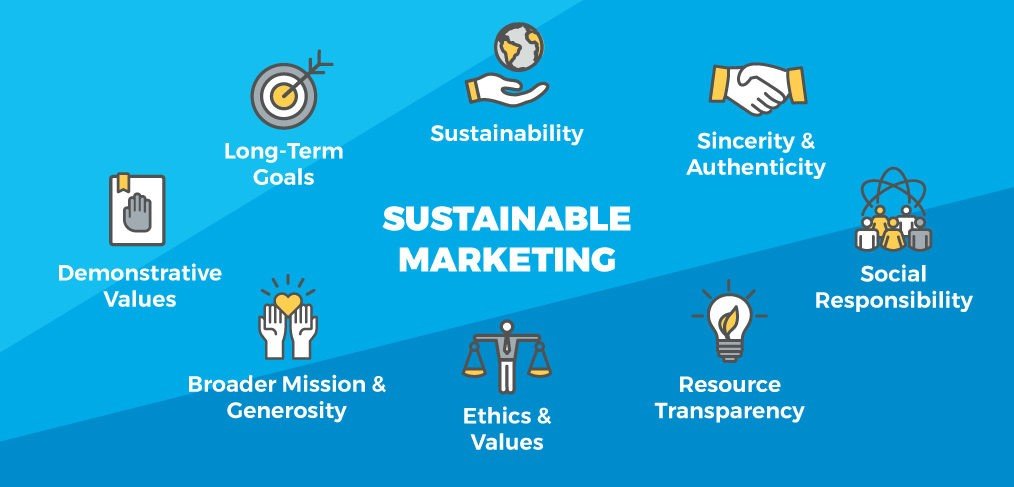
Enhancing Brand Loyalty and Customer Retention
Brands that adopt sustainable practices foster a connection with consumers that goes beyond a simple transaction. Sustainability resonates emotionally, strengthening the relationship between the consumer and the brand. This connection leads to customer retention, as people are more likely to remain loyal to brands that align with their values.
Attracting New, Ethically-Minded Consumers
Eco-consciousness is on the rise, and new market segments are emerging. Brands promoting sustainability can attract these consumers, who prioritize responsible consumption. As Gen Z gains purchasing power, the demand for authenticity and ethical practices continues to grow.
Positive Brand Reputation and Social Proof
Consumers increasingly use social media to share information about brands’ environmental commitments (or lack thereof). A commitment to sustainability encourages positive word-of-mouth and brand mentions, enhancing brand reputation and credibility.
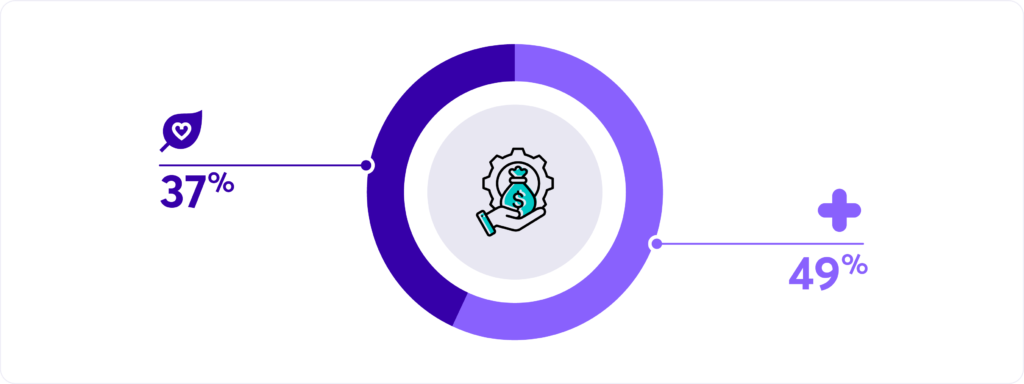
Types of Sustainable Marketing Messages and Initiatives
Eco-Friendly Product Design and Packaging
Product design and packaging are some of the most visible aspects of sustainability efforts. Many companies are now transitioning from traditional packaging to biodegradable or recyclable alternatives. Small packaging changes can greatly influence customer perception and reduce environmental impact.
Case Study Example: Apple made significant strides by using recycled materials in its products. By 2022, Apple had reduced its plastic packaging by 75% and used 100% recycled materials in its aluminum enclosures for products like the iPhone, MacBook, and iPad. This demonstrates a commitment to sustainability at a fundamental level.

Carbon Footprint Reduction and Energy Efficiency
A commitment to reducing carbon emissions is becoming a central theme in sustainable marketing. Brands can highlight their energy-efficient production processes, use of renewable energy, and commitment to carbon neutrality.
Crafting Authentic Sustainability Messages for 2025
Avoiding Greenwashing: Honesty and Transparency
Greenwashing — the practice of misleading consumers about a brand’s environmental impact — erodes trust. Authenticity requires transparency, with accurate and substantiated claims about sustainability efforts. Consumers increasingly expect data-driven proof of sustainability, not just marketing jargon.
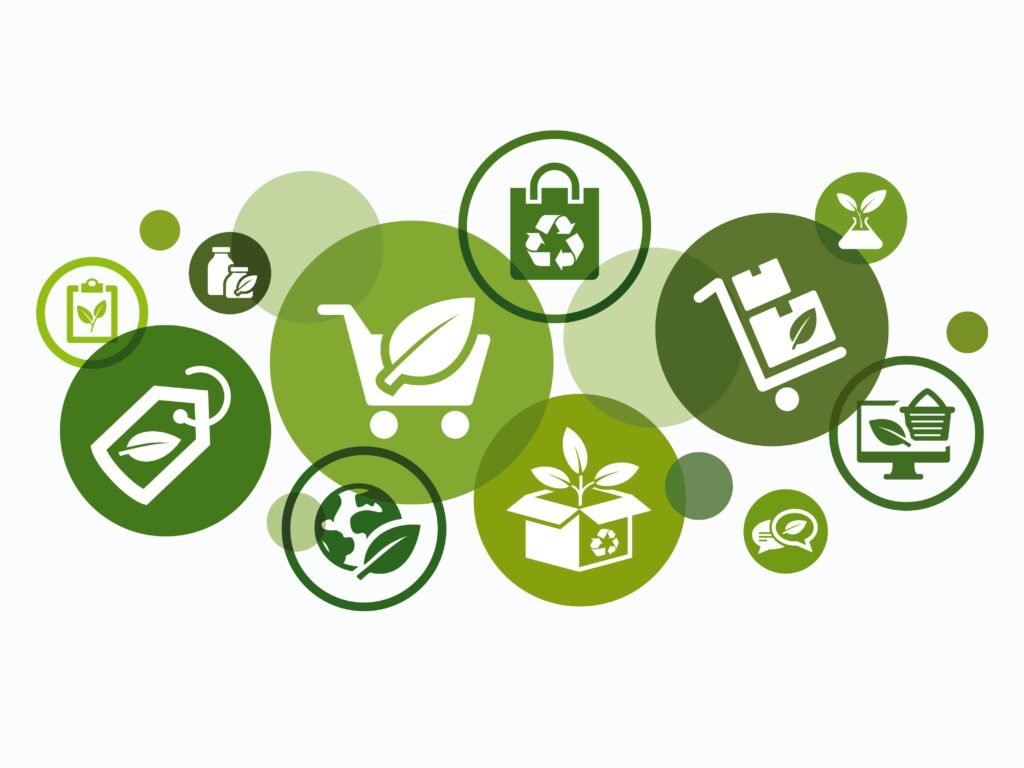
Showing Long-Term Commitments to Environmental Goals
Brands that prioritize long-term environmental goals rather than quick fixes create trust with consumers. Setting clear targets and tracking progress over time shows commitment. For instance, a brand can set a goal to become carbon-neutral by 2030 and provide regular updates on its progress.
Strategies for Effective Sustainable Marketing Campaigns
Storytelling Around Sustainability Efforts
One of the most effective ways to communicate sustainability is through storytelling. By creating narratives around eco-friendly products or production methods, brands can resonate emotionally with their audience. Sharing stories of the people and processes behind sustainable practices makes sustainability tangible and relatable.
Case Study Example: Outdoor apparel brand Patagonia is well known for its storytelling around sustainability. Patagonia’s “Worn Wear” initiative encourages customers to repair, recycle, or trade in their old gear instead of purchasing new items. This initiative reinforces Patagonia’s commitment to sustainability while inspiring customers to contribute to a circular economy.
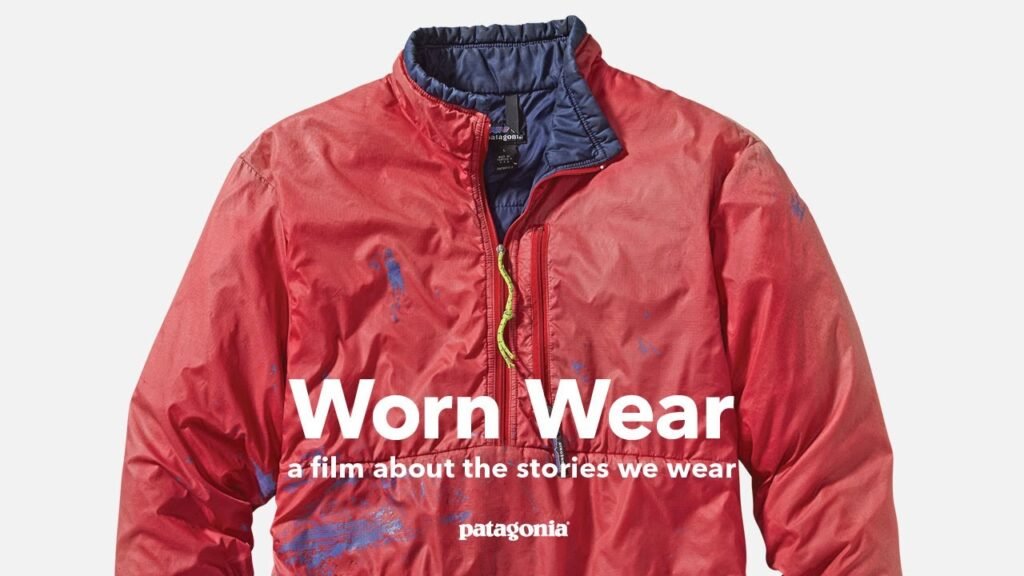
Leveraging Social Media for Eco-Conscious Messages
Social media provides an ideal platform for brands to highlight sustainability initiatives. Brands can use social media to engage with followers by sharing stories, behind-the-scenes content, and updates on eco-friendly practices.
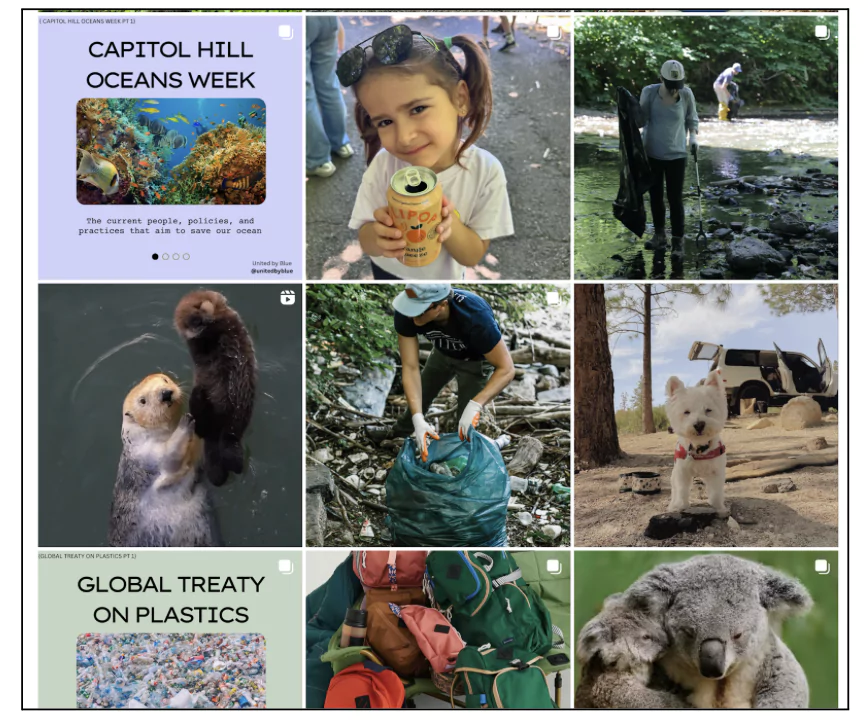
Partnering with Eco-Friendly Influencers
Influencer marketing is a powerful tool, and partnering with eco-conscious influencers can enhance credibility. Eco-friendly influencers often have followers who value sustainability, and their endorsement can add significant weight to a brand’s commitment to environmental responsibility.

Examples of Brands Excelling in Sustainable Marketing
Case Study: Patagonia’s Environmental Responsibility
Patagonia sets the bar for sustainable practices in the fashion industry. Beyond using eco-friendly materials, Patagonia supports environmental activism, donating a portion of its revenue to environmental causes and encouraging customers to reduce waste through its “Don’t Buy This Jacket” campaign.
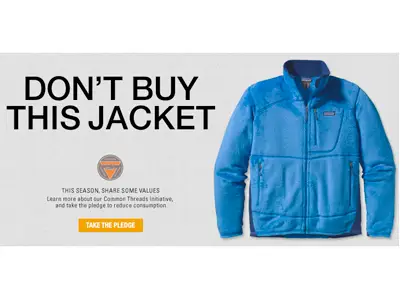
Case Study: IKEA’s Circular Economy Goals
IKEA has committed to becoming a circular and climate-positive business by 2030. Its efforts include making all products recyclable or renewable and using only sustainably sourced materials. IKEA’s sustainability efforts extend to in-store initiatives, including renewable energy sources and waste management.
Case Study: Unilever’s Sustainable Living Plan
Unilever has a comprehensive sustainability strategy with specific goals for improving health and well-being, reducing environmental impact, and enhancing livelihoods. The “Sustainable Living Plan” has helped Unilever grow its brands and make a tangible environmental impact.
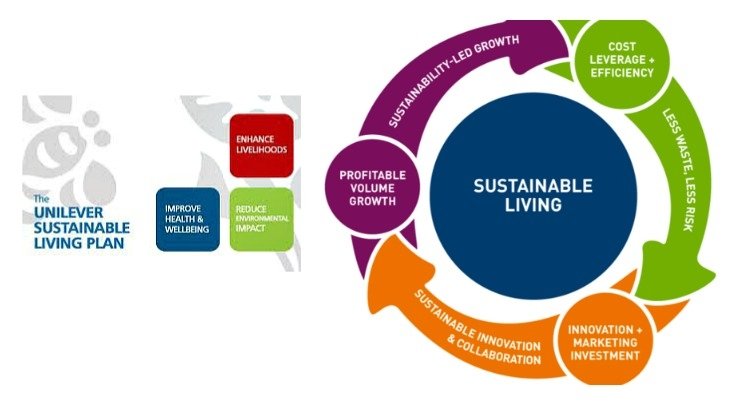
Sustainability Certifications and Labels to Boost Credibility
Certifications and labels help consumers identify authentic sustainability efforts. Certifications such as Fair Trade, FSC (Forest Stewardship Council), and CarbonNeutral demonstrate a brand’s commitment to sustainability. Brands can also obtain certifications for specific products to reinforce credibility.
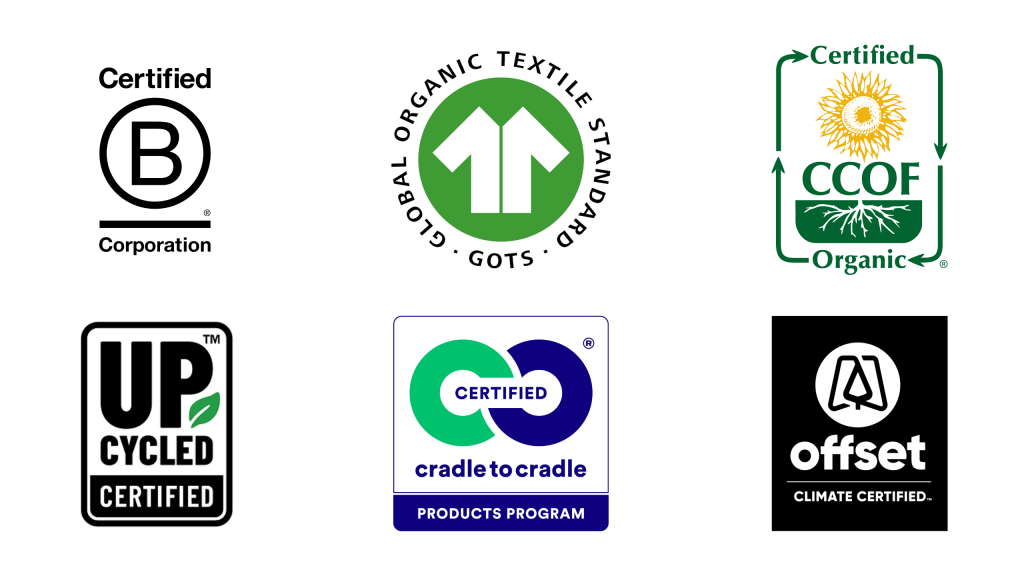
Measuring the Impact of Sustainable Marketing Initiatives
Key Metrics for Evaluating Sustainability Success
Measuring success in sustainable marketing is essential to demonstrate impact. Metrics like carbon reductions, energy savings, waste reduction, and customer engagement can provide insights into the effectiveness of sustainability efforts.
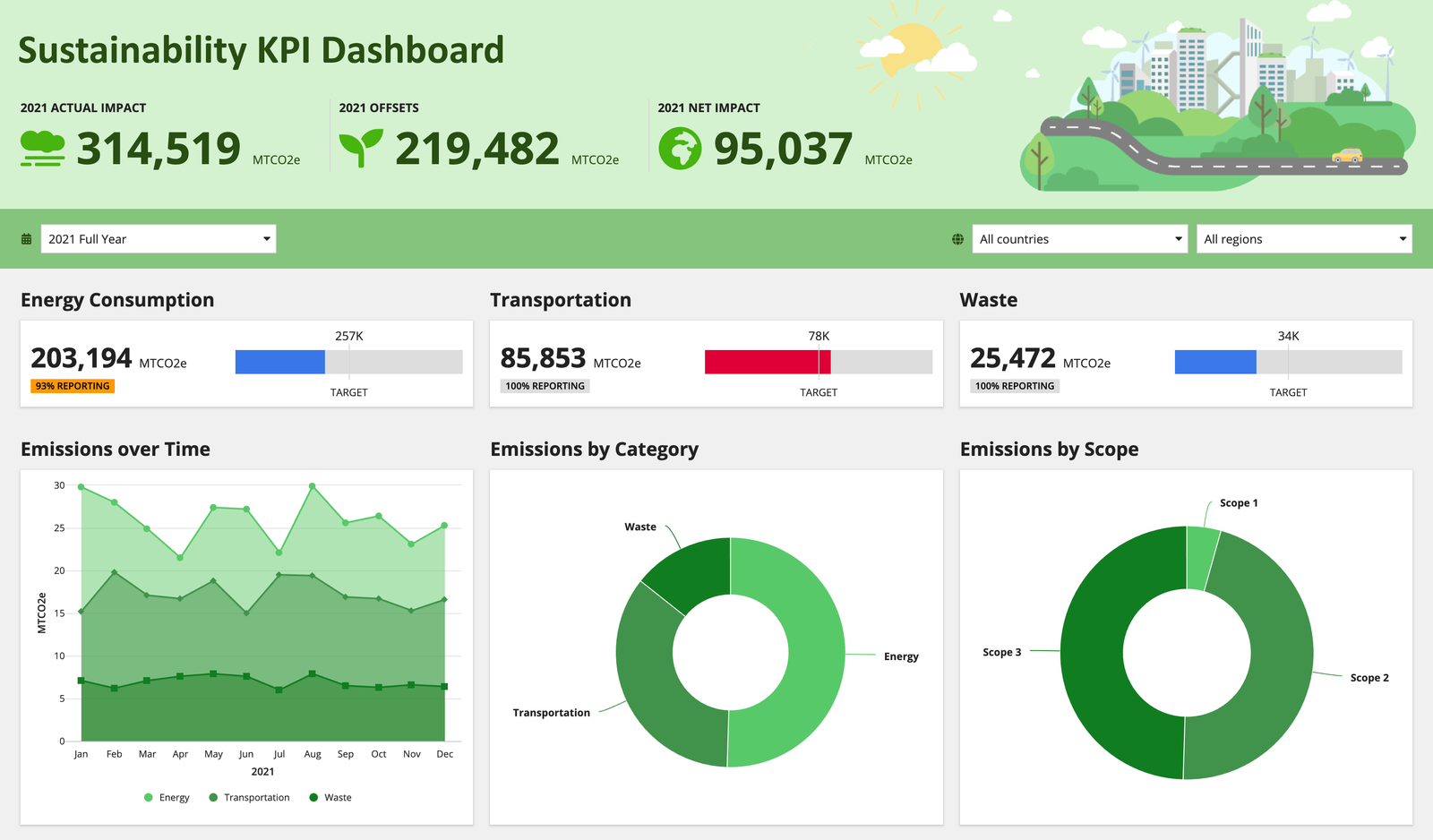
Customer Feedback on Sustainability Efforts
Customer feedback is a valuable tool for understanding how a brand’s sustainability initiatives resonate. Regular surveys, focus groups, and social media engagement provide insight into how customers perceive and value eco-friendly practices.
Integrating Sustainability into Brand Values and Culture
Aligning Internal Practices with Public Sustainability Claims
For sustainability messaging to be authentic, it must align with internal practices. Brands that foster eco-friendly practices within their operations and supply chain demonstrate a commitment that goes beyond marketing.
Engaging Employees in Sustainable Initiatives
Employees are valuable advocates for sustainability. Brands that integrate eco-friendly practices into their work culture create a sense of pride and motivation among employees, who are more likely to champion sustainable practices.
Overcoming Challenges in Sustainable Marketing
Addressing Consumer Skepticism and Greenwashing Concerns
The threat of greenwashing has made consumers skeptical of sustainability claims. Transparent communication and third-party certifications help alleviate this skepticism. Providing evidence of eco-friendly initiatives demonstrates authenticity.
Balancing Profitability with Eco-Friendly Practices
Eco-friendly materials and processes can be costly, creating challenges for brands trying to balance sustainability with profitability. Many brands overcome this by optimizing supply chains, finding cost-effective sustainable materials, or passing minimal cost increases to consumers.
Action Steps to Implement Sustainability as a Core Marketing Message
- Conduct an Internal Audit of Sustainability Efforts: Evaluate current practices and identify areas for improvement.
- Set Achievable Sustainability Goals: Define clear, measurable goals for short- and long-term progress.
- Regularly Communicate Progress: Keep consumers updated through social media, newsletters, and blogs.
- Leverage Customer Engagement: Use surveys and feedback to refine your sustainability initiatives and align them with consumer expectations.
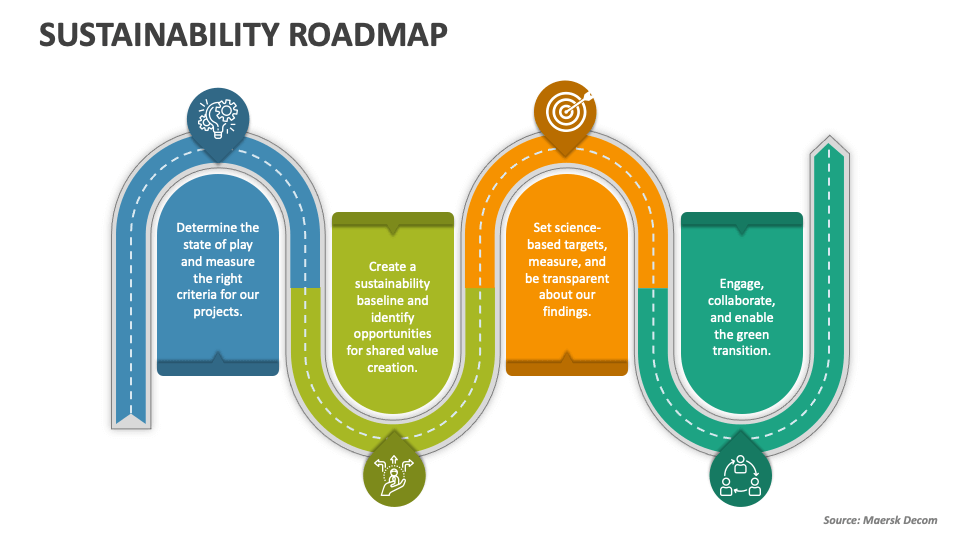
The Future of Sustainable Marketing: Trends Beyond 2025
The Role of Technology in Sustainability Messaging
Blockchain and AI offer new ways to enhance transparency and measure impact. For example, blockchain can be used to verify the origins of materials, providing consumers with traceability for each product.
Growing Importance of the Circular Economy and Zero Waste Initiatives
As environmental issues continue to impact business practices, brands increasingly prioritize circular economy models, where products are designed to be reused, repaired, or recycled, minimizing waste.
Frequently Asked Questions (FAQs
Conclusion: Why Sustainability is Essential for Marketing Success in 2025
As consumer expectations evolve, sustainability will become more crucial than ever. Brands that prioritize transparency, environmental responsibility, and authentic sustainability messaging will thrive in this new landscape. Now is the time to take actionable steps toward integrating sustainability into your marketing strategy.
Ready to make sustainability a core message for your brand? Start today by evaluating your sustainability practices and setting clear goals for 2025 and beyond.
Disclosure: Our blog contains affiliate links to products. We may receive a commission for purchases made through these links. However, this does not impact our reviews and comparisons. We try our best to keep things fair and balanced, in order to help you make the best choice for you.




